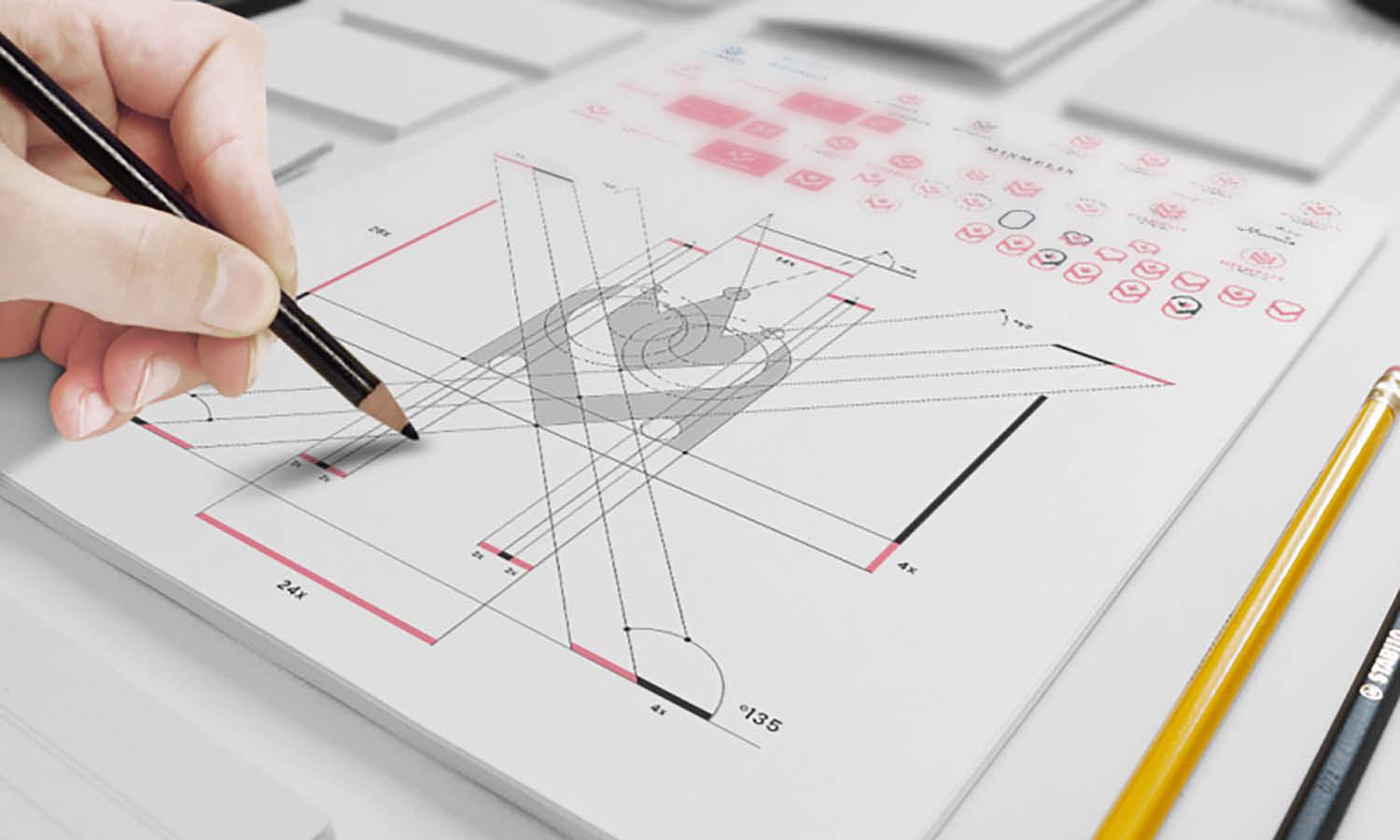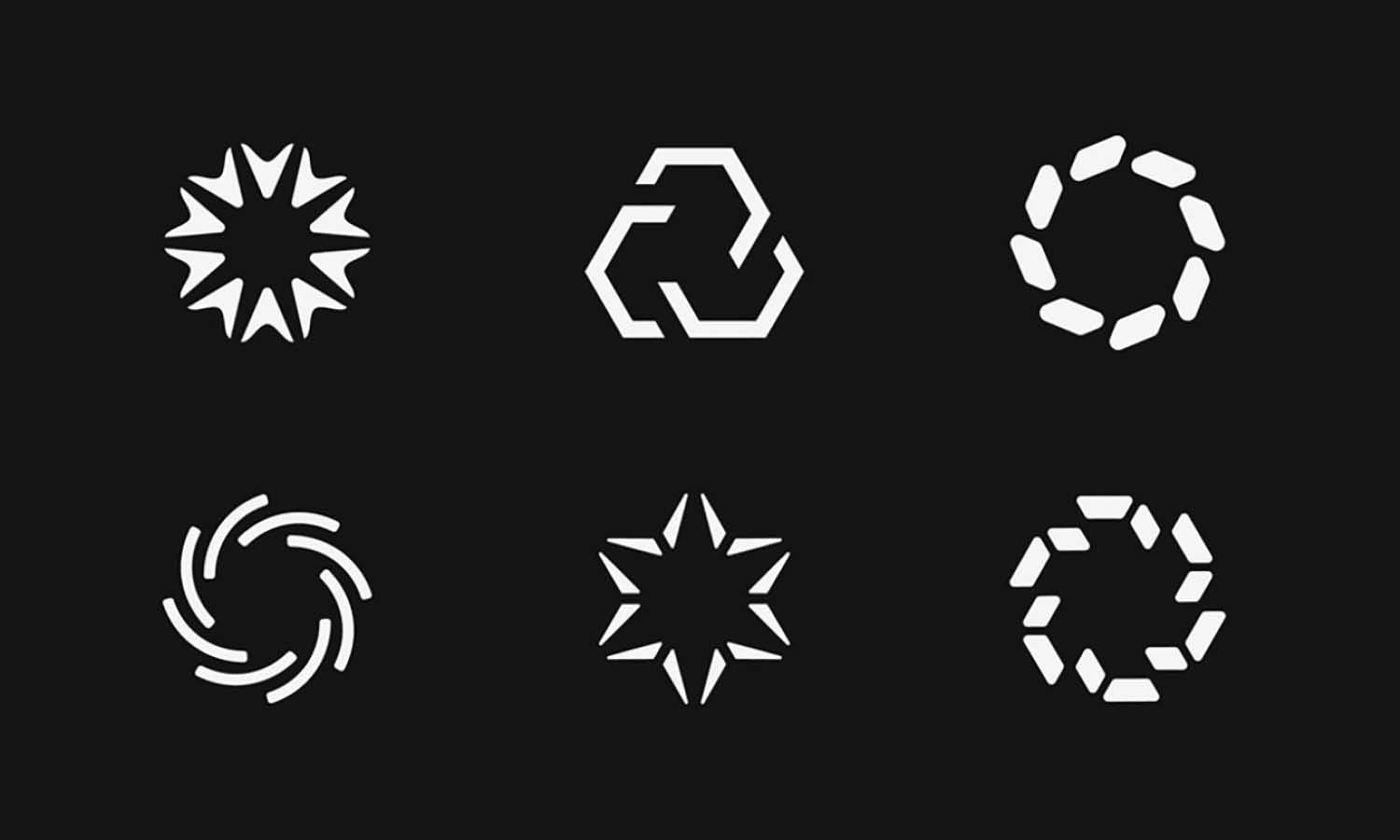Basic Introduction & Guide to Environmental Design

Environmental design stands at the intersection of architecture, ecology, and technology, crafting spaces that are both aesthetically pleasing and environmentally conscious. This field is dedicated to shaping the human environment to improve quality of life while minimizing the ecological footprint. By integrating principles of sustainable development, environmental design seeks to create efficient, sustainable, and functional spaces that cater to the needs of both the present and future generations.
Professionals in this field use a variety of tools and approaches to ensure that every aspect of physical space planning contributes positively to the environment. This involves the strategic use of resources, innovative building techniques, and the incorporation of renewable energy sources. The goal is to promote harmony between human activities and the natural world, creating spaces that are sustainable, healthful, and economically viable.
As the challenges of urbanization and climate change continue to grow, the importance of environmental design in building resilient communities cannot be overstated. This introduction aims to explore the foundational concepts and practices that make environmental design a critical field in today’s architectural and planning industries.
Understanding Environmental Design
Environmental design is a multidisciplinary practice that marries aesthetics with functionality to create spaces that enhance human well-being and environmental health. It spans across various fields such as architecture, urban planning, and landscape architecture, each contributing uniquely to the physical and cultural context of the environment. The core of environmental design lies in its focus on the interaction between humans and their surroundings, aiming to optimize comfort and functionality while minimizing negative impacts on the environment.
This design philosophy involves considering the natural environment in every phase of planning and development. It requires a deep understanding of ecological systems, resource management, and the long-term sustainability of projects. Environmental design professionals utilize tools like geographic information systems (GIS), simulation models, and energy analysis software to forecast the impacts of proposed projects and to find viable solutions that align with ecological principles. By doing so, they ensure that the developed environments are resilient, adaptive, and capable of enduring changing environmental conditions, thus supporting sustainable growth and enhancing the quality of life for all community members.
Principles of Sustainability
The principles of sustainability are fundamental to environmental design, focusing on reducing environmental impact while promoting social equity and economic viability. Sustainability in environmental design involves optimizing resource use to minimize waste, using renewable energy sources, and preserving the natural environment to ensure that ecosystem services are maintained.
Key principles include the conservation of energy and water, the reduction of greenhouse gas emissions, and the integration of green spaces to promote biodiversity. Sustainable designs often feature materials that are durable, recyclable, or sourced from responsible suppliers to reduce the environmental footprint. Another critical aspect is the enhancement of indoor environmental quality through the use of non-toxic materials and natural light, which improves the health and well-being of occupants.
Adapting to local climates and contexts also plays a vital role in sustainable environmental design. This involves designing buildings and landscapes that naturally regulate temperature and light, reducing the need for mechanical heating and cooling. Additionally, sustainable urban planning encourages compact development patterns to reduce travel needs and to support public transportation options, further decreasing the overall carbon footprint.
Key Components of Environmental Design
Environmental design is built on a foundation of interrelated components that work together to produce sustainable, functional, and aesthetically engaging spaces. Each component plays a critical role in shaping environments that respond thoughtfully to ecological, social, and architectural needs. One of the central components is site analysis, where designers evaluate climate, topography, vegetation, and surrounding structures to ensure harmonious integration with the natural landscape.
Material selection is another vital aspect. Choosing eco-friendly, recyclable, and locally sourced materials helps reduce environmental impact and contributes to long-term sustainability. Energy efficiency is a third major focus, often addressed through passive design strategies like orientation, insulation, and ventilation, as well as active systems such as solar panels and energy-efficient lighting.
Water management systems, including rainwater harvesting, permeable paving, and drought-resistant landscaping, are key to conserving water resources. Mobility and accessibility also factor into environmental design, promoting walkability, cycling, and public transit to reduce reliance on cars and promote healthier lifestyles.

Importance of Natural Light
Natural light is an essential element in environmental design, offering numerous benefits that extend beyond illumination. Incorporating daylight into architectural and interior design enhances visual comfort, reduces energy consumption, and contributes to overall well-being. Designers strategically position windows, skylights, and reflective surfaces to maximize daylight penetration while minimizing glare and heat gain.
From an environmental standpoint, effective use of natural light reduces dependency on artificial lighting, thereby lowering electricity usage and greenhouse gas emissions. In addition, natural lighting has been shown to positively influence mood, productivity, and health. It helps regulate circadian rhythms, which in turn supports better sleep, focus, and emotional balance. For educational, healthcare, and office environments, this is especially important.
In environmental design, natural light is carefully balanced with thermal performance. Techniques such as shading devices, light shelves, and high-performance glazing are employed to control solar gain while still allowing ample daylight. Building orientation is also critical; south-facing windows in many climates provide consistent light throughout the day, while minimizing overheating.
Furthermore, integrating natural light contributes to a stronger connection between indoor and outdoor environments, fostering a sense of openness and connection to nature. As a result, spaces feel more inviting, dynamic, and sustainable—making natural light a core principle in thoughtful and effective environmental design.
Urban Planning and Environmental Design
Urban planning and environmental design are intrinsically linked, focusing on creating sustainable cities that enhance quality of life while minimizing environmental impact. This aspect of environmental design involves the careful consideration of how urban environments can accommodate population growth and foster communities, without sacrificing ecological integrity. Key strategies include the development of compact cities that reduce sprawl, enhance walkability, and minimize transportation emissions by promoting public transit and cycling paths.
Green infrastructure is a vital component, integrating parks, green roofs, and urban forests into the cityscape to provide essential services like stormwater management, air quality improvement, and urban heat island mitigation. These green spaces not only serve environmental purposes but also provide recreational areas that improve mental health and social cohesion.
Mixed-use developments are encouraged to reduce the need for long commutes, thereby decreasing vehicular emissions and increasing the efficiency of land use. These developments combine residential, commercial, and leisure spaces in a single area, fostering vibrant, inclusive communities.
Urban planners also focus on the reuse and revitalization of existing buildings and sites, applying adaptive reuse practices to preserve cultural heritage and reduce the materials and energy required for new constructions. This approach not only conserves resources but also revitalizes neighborhoods and reduces urban decay.
Landscaping and Environmental Design
Landscaping in environmental design goes beyond aesthetics, embedding sustainability into the very fabric of outdoor spaces. The practice involves the selection and arrangement of plants and structures to create an ecosystem that supports local wildlife, promotes biodiversity, and provides ecological benefits. Native plants are preferred for their low maintenance requirements and non-invasiveness. They adapt better to local climates and require fewer resources like water, fertilizers, and pesticides, thus reducing the overall environmental footprint.
Water conservation is critical, addressed through xeriscaping—designing landscapes to minimize water use—and employing efficient irrigation systems that target water delivery to the plant roots. Additionally, rain gardens and permeable pavements are utilized to manage stormwater runoff, preventing pollution of local waterways and reducing the load on sewer systems. SWPPP plays an essential role in ensuring that these practices align with regulatory requirements while promoting sustainable stormwater management.
Strategic use of trees in urban landscapes serves multiple environmental functions: they provide shade, reducing energy consumption by cooling air temperatures in summer; they act as natural air filters; and they add aesthetic value, which can improve mental health and property values.
Landscaping for environmental design also considers the human element, designing outdoor spaces that are accessible and promote physical activity. Trails, parks, and gardens are not only retreats from the urban environment but also crucial for the psychological well-being of city dwellers.
Technology and Environmental Design
Technology plays a pivotal role in enhancing the capabilities of environmental design, enabling designers and architects to create more efficient and sustainable environments. Advanced software tools such as Building Information Modeling (BIM) and Geographic Information Systems (GIS) are integral to modern environmental design practices. BIM provides a digital representation of the physical and functional characteristics of a facility, allowing designers to simulate and analyze building performance early in the design process. This can lead to improvements in energy efficiency, material usage, and overall sustainability.
GIS technology aids in analyzing and visualizing geographic and spatial data, which is crucial for large-scale planning and understanding the environmental impacts of proposed developments. It helps in the strategic placement of buildings to optimize solar gain and natural cooling, and in the planning of transport systems to minimize environmental disruption.
Moreover, the integration of smart technology into buildings and cities makes them more adaptable to their environments. Smart sensors and Internet of Things (IoT) devices can monitor and control building systems like lighting, heating, and air conditioning to enhance energy efficiency. These systems adjust based on real-time data, such as occupancy or weather conditions, leading to significant reductions in energy consumption.
3D printing also emerges as a sustainable technology in environmental design, offering the potential to reduce waste through precise material usage and the ability to recycle materials directly on-site. Additionally, artificial intelligence (AI) is being used to optimize the design and operation of environmental systems, predicting maintenance needs and automating energy-saving adjustments.

Environmental Psychology
Environmental psychology is a crucial aspect of environmental design, focusing on the relationship between people and their surroundings. This field studies how environments—both natural and built—impact human behavior, mood, and well-being. By understanding these psychological effects, designers can create spaces that enhance comfort, reduce stress, and improve overall quality of life.
One significant area of environmental psychology is the impact of nature on mental health. Research shows that exposure to green spaces, natural light, and fresh air can reduce stress, increase productivity, and promote a sense of calm. This is why many environmental design projects incorporate elements such as indoor plants, outdoor gardens, and large windows to maximize natural light.
The layout and organization of a space also influence behavior. Open spaces with clear paths encourage social interaction, while private areas support focused work and relaxation. Color schemes, textures, and materials are chosen with psychological impacts in mind; for example, warm colors create a welcoming feel, while natural materials like wood and stone promote a sense of tranquility.
Impact on Human Behavior
Environmental design significantly influences how individuals interact with the spaces around them. The layout, lighting, materials, and overall atmosphere of an environment can shape emotions, actions, and even long-term behavior. Thoughtful environmental design encourages positive responses such as calmness, productivity, creativity, and social connection, while poor design can contribute to stress, discomfort, and disengagement.
For example, open spaces with natural elements like plants and daylight tend to foster relaxation and concentration, making them ideal for schools, offices, and healthcare settings. In contrast, cramped, poorly lit, and noisy environments can increase anxiety and reduce focus. Environmental design leverages spatial planning, acoustics, and ergonomic features to create spaces that support well-being and performance.
Walkability and accessibility are other crucial factors. When spaces are designed with clear navigation, safe pedestrian pathways, and inclusive access, people are more likely to engage with their surroundings, socialize, and remain physically active. Color palettes, textures, and temperature regulation also play subtle but impactful roles in shaping user experience.
Moreover, environmental design can promote sustainable behaviors. Incorporating visible recycling stations, bike racks, and energy dashboards encourages eco-friendly habits. Even minor design cues—like signage and spatial flow—can nudge people toward desired behaviors.
Future Trends in Environmental Design
The future of environmental design is evolving rapidly, driven by technological advancements and an increasing focus on sustainability. One major trend is the rise of net-zero energy buildings, which produce as much energy as they consume, typically through renewable sources like solar and wind power. These buildings contribute to a reduction in carbon emissions and set a new standard for sustainable architecture.
Biophilic design is also gaining momentum, emphasizing the integration of natural elements into built environments to promote well-being and connect people with nature. This approach includes the use of natural materials, living walls, and water features, creating spaces that mimic natural ecosystems.
Smart cities and intelligent buildings are becoming more prevalent, incorporating advanced technologies like IoT (Internet of Things) and AI (Artificial Intelligence) to optimize energy use, monitor environmental conditions, and adapt to occupants’ needs in real-time. These technologies make buildings more efficient, comfortable, and responsive.
Another emerging trend is modular construction, which reduces waste by manufacturing building components off-site, enabling faster construction and more sustainable material use. This method also allows for flexibility and scalability, as modules can be added or reconfigured as needed.
Conclusion
Environmental design is a powerful approach that blends aesthetics, functionality, and sustainability to create spaces that support both people and the planet. By integrating natural elements, efficient systems, and thoughtful planning, it addresses the evolving needs of communities while minimizing environmental impact. From improving human well-being to conserving resources, the benefits of environmental design are far-reaching and long-lasting. As the world continues to face environmental and social challenges, this design philosophy serves as a critical solution for building healthier, more resilient spaces. Embracing environmental design means investing in a better quality of life today and for future generations.
Let Us Know What You Think!
Every information you read here are written and curated by Kreafolk's team, carefully pieced together with our creative community in mind. Did you enjoy our contents? Leave a comment below and share your thoughts. Cheers to more creative articles and inspirations!
















Leave a Comment